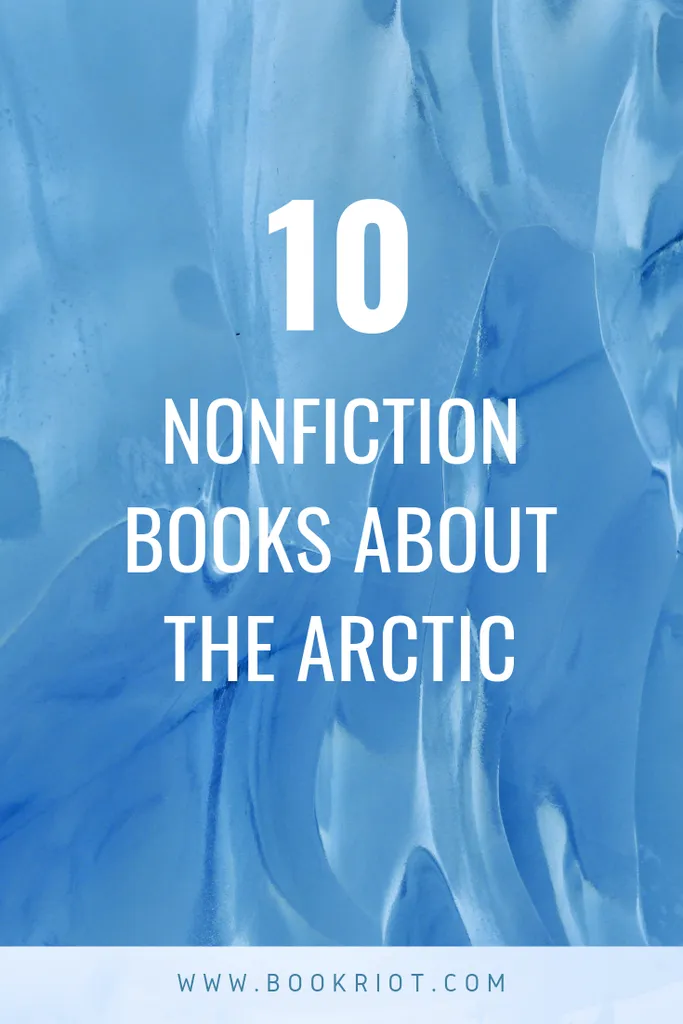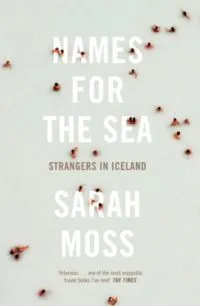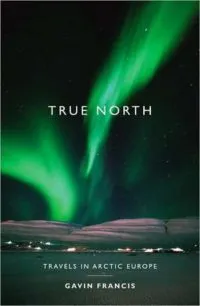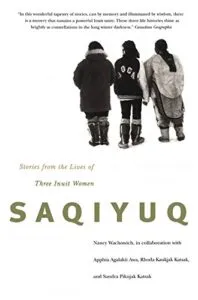
10 Books About the Arctic
This content contains affiliate links. When you buy through these links, we may earn an affiliate commission.
For three seasons of every year, I dream of moving to the Arctic. Sometimes, I’m “practical” and imagine relocating to Alaska—it’s still in my home country, after all. But other times, I imagine myself packing up and moving to Northern Canada or Iceland or Greenland.
Then winter arrives in the Midwest and I’m reminded: I am not good at being cold.
Reading books about the Arctic has allowed me to live vicariously through authors who either grew up in the environment or whose sense of adventure is much stronger than mine. So, if you want to take a trip to the Arctic but don’t have the fortitude or funds to do so, here are 10 books that will help set the scene.

Harboring a dream of living in Iceland one day, Moss jumped on the opportunity when a job opened up at the University of Iceland. This book follows her journey of settling into Icelandic culture along with her husband and two children. As someone who often dreams of moving to Iceland, this book made me think of all the small but significant changes you have to adjust to when integrating into an entirely new culture.
This National Book Award–winning piece is one of the most thorough examinations of life in the Far North. Lopez’s book covers everything from the environment and wildlife to natives and explorers alike.
Beginning on the Shetland Isles, Francis writes about his travels from the Faroes to Iceland, Greenland, Svalbard and on to Lapland. Throughout each location visited, we learn about the people he meets, the landscapes he sees, and peek into the history, culture, and traditions of each region.
From the perspective of her own childhood growing up in the Arctic, Watt-Cloutier shares the wisdom that has allowed the Inuit to live in the Far North for so long and the forces that now threaten that life. Now one of Canada’s most influential environmental and human rights activists, Watt-Cloutier urges us to see the connection between protecting the Arctic landscape and survival of her culture.
In Saqiyuq, a grandmother, mother, and daughter reflect on their life in the Nunavut territory of Canada. The reader experiences a shift in indigenous life across the three generations: from Apphia Awa’s traditional life on the land to Rhoda Katsak’s transition into government schools, and finally to Sandra Katsak’s experience growing up in a settlement.







 The Right to be Cold
The Right to be Cold








